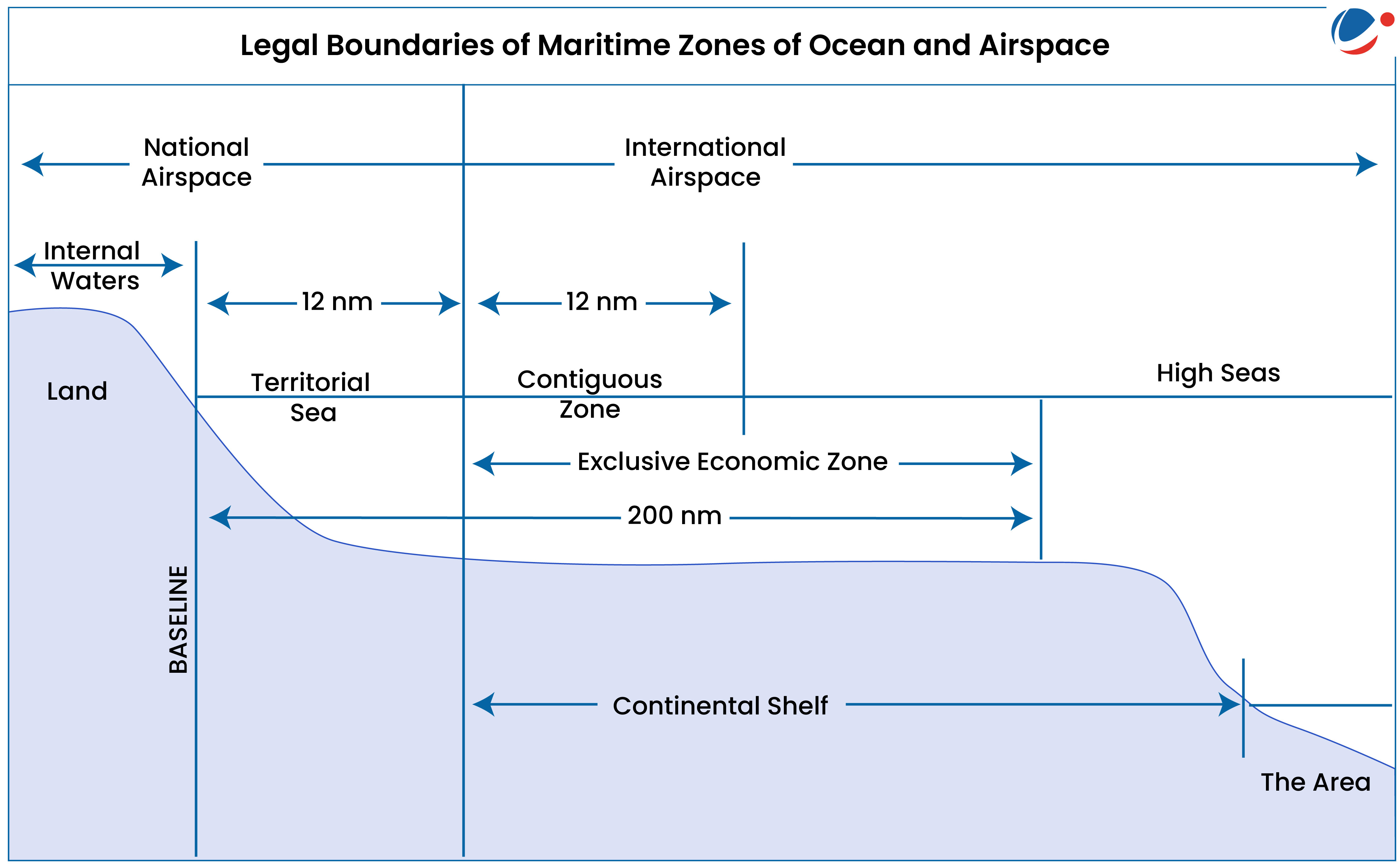Formally known as Biodiversity Beyond National Jurisdiction (BBNJ) Agreement, was adopted in 2023 by Intergovernmental Conference on Marine Biodiversity of Areas Beyond National Jurisdiction.
- Ministry of Earth Sciences is implementing agreement in India.
About Agreement on Marine Biodiversity of Areas beyond National Jurisdiction (High Seas Treaty)
- It is an international treaty under United Nations Convention on the Law of the Sea (UNCLOS).
- Aim: Conservation and sustainable use of marine biodiversity in areas beyond national jurisdiction.
Features:
- It would define and demarcate marine protected areas in biodiversity-rich zones of oceans that are under stress.
- Parties cannot exercise sovereign rights over marine resources derived from high seas.
Significance:
- Enhance India’s strategic presence in areas beyond EEZ.
- Contribute to achieving several SDGs, particularly SDG14 (Life Below Water);
- Strengthen India’s marine conservation efforts, open new avenues for scientific research and development etc.
- Promotes using traditional knowledge and best available scientific knowledge.
Agreement addresses four main issues
- Marine genetic resources, including fair and equitable sharing of benefits.
- Measures such as area-based management tools, including marine protected areas.
- Environmental impact assessments.
- Capacity-building and transfer of marine technology.
About UNCLOS
About High Seas
 |






